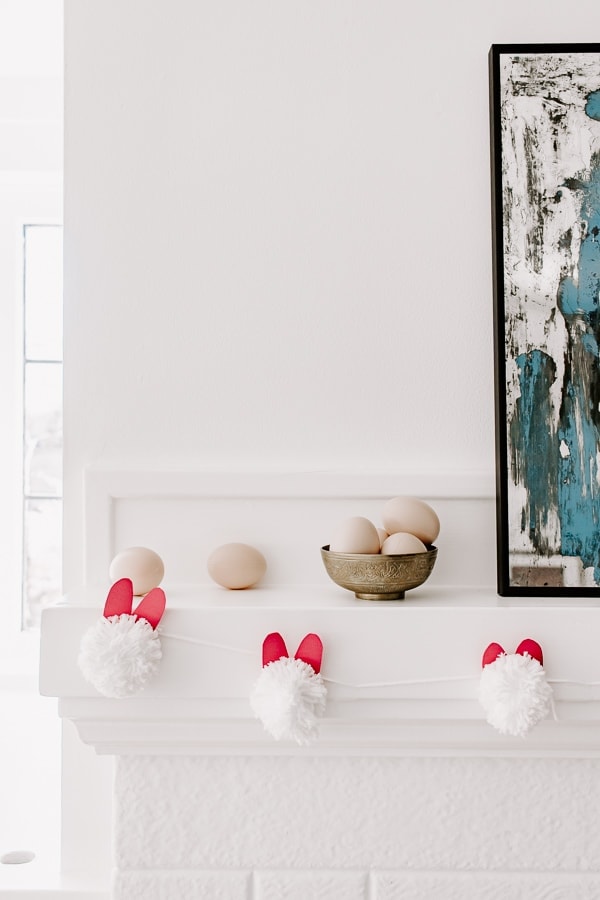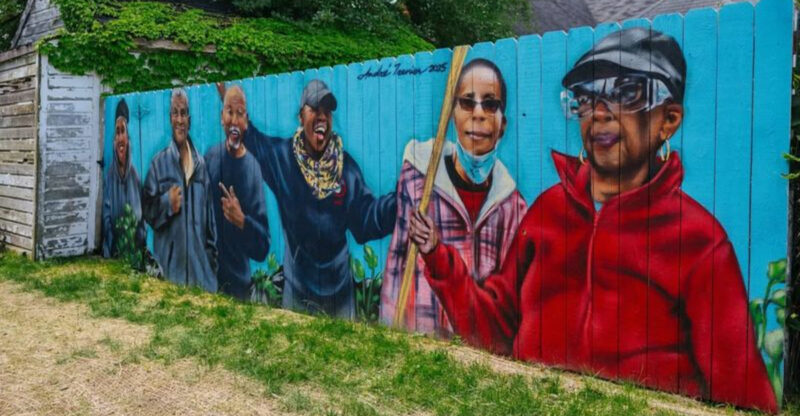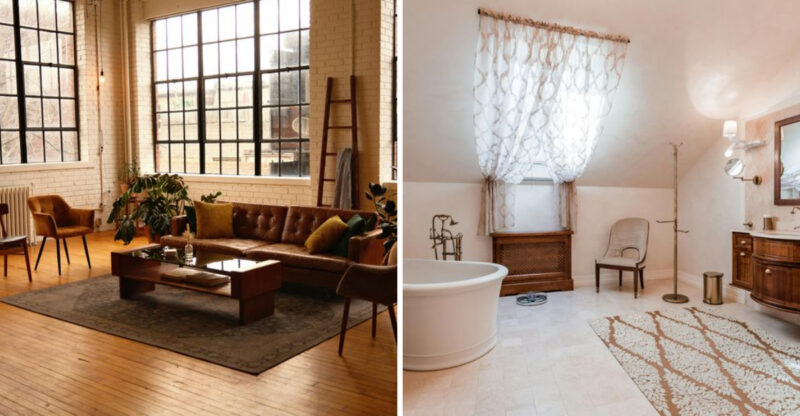Arizona Real Estate Market Shifts As Prices Fall In Major Areas

Arizona’s housing scene is going through some wild changes right now. Prices that once soared higher than a desert hawk are now taking a nosedive in several neighborhoods.
I’m here to walk you through different home types that are experiencing this shift, and trust me, what’s happening could change how you think about buying or selling property in the Grand Canyon State.
1. Condominiums In Metro Areas
Metro condos are feeling the squeeze as buyers hunt for more space. Phoenix and Tucson units that flew off the market last year now sit empty longer. It’s crazy how fast things changed!
Sellers are dropping asking prices by thousands just to attract attention. Competition from suburban houses offering yards and privacy is fierce. Many condo owners watched their equity shrink faster than ice cream on hot pavement.
If you’re eyeing a downtown condo, now might be your golden opportunity to negotiate.
2. Townhomes And Patio Homes
Townhomes once promised the perfect middle ground between condos and houses. Prices climbed steadily until recently when demand cooled off dramatically. Buyers started questioning whether shared walls were worth premium prices.
Patio homes face similar challenges as families seek bigger backyards for kids and pets. HOA restrictions on these properties sometimes turn buyers away quickly. Many sellers are learning that flexibility on price is absolutely necessary.
Did you know townhomes typically sell 15% slower than single-family homes during market corrections?
3. Manufactured And Mobile Homes
Manufactured homes are experiencing unexpected price drops across Arizona communities. These properties once attracted retirees and first-time buyers seeking affordability. Market shifts hit them harder because financing options remain limited compared to traditional houses.
Mobile home parks are seeing longer listing times and fewer interested buyers. Land lease fees keep rising while property values decline, creating a tough situation. Owners who bought during the boom are feeling the pinch most.
Bargain hunters might find incredible deals if they don’t mind community living.
4. Single-Family Suburban Homes
Suburban houses were Arizona’s hottest commodity just months ago. Families flocked to neighborhoods outside city centers for space and good schools. How quickly the tables turned when interest rates climbed!
Sellers who expected bidding wars now face empty open houses and lowball offers. Cookie-cutter developments built during the boom are struggling most with inventory pileup. Price reductions of 10-20% are becoming common to spark buyer interest.
It’s a buyer’s market for suburban family homes right now.
5. Golf-Course Community Homes
Golf course properties used to command top dollar for their scenic views. Retirees and golf enthusiasts paid premiums to live steps from the greens. When prices started falling, these homes led the decline in many Arizona markets.
Maintenance fees for golf communities add thousands annually to ownership costs. Younger buyers show less interest in golf lifestyle amenities than previous generations. Sellers are discovering their once-exclusive addresses don’t guarantee quick sales anymore.
Though beautiful, these properties require patient sellers willing to negotiate.
6. Outdated Luxury Condos
Luxury condos built in the early 2000s are showing their age badly. Granite countertops and builder-grade finishes that once impressed now look tired and outdated. Buyers comparing them to newer builds with modern amenities keep walking away.
High HOA fees don’t help when the building needs major repairs or updates. Sellers face tough choices between costly renovations and steep price cuts. Are these properties worth the investment when newer options cost less?
Renovation potential exists, but most buyers prefer move-in-ready homes.
7. Newly Built Homes
New construction prices are tumbling as builders compete desperately for buyers. Incentives like free upgrades and closing cost assistance are everywhere you look. Builders who overestimated demand are now stuck with finished inventory.
Spec homes that builders hoped would sell quickly now linger on the market. Some developments are offering price cuts exceeding $50,000 on move-in-ready properties. Buyers hold all the cards when negotiating with builders facing quarterly sales targets.
Timing your purchase could save you a fortune on brand-new construction.
8. Homes With High HOA Fees
Properties burdened with expensive HOA fees are getting hammered in this market. Buyers calculate monthly costs carefully and balk at fees exceeding $300-400. Amenities like pools and fitness centers don’t justify the expense for many families.
When comparing similar homes, lower HOA fees win every single time. Sellers in high-fee communities watch neighbors with cheaper dues sell faster. Price adjustments alone can’t overcome the ongoing monthly obligation that scares buyers.
Hence, these properties need aggressive pricing to attract serious interest.
9. Rural And Secondary Market Homes
Small-town Arizona properties are experiencing their own unique challenges right now. Cities like Prescott, Flagstaff, and Sierra Vista saw pandemic buying frenzies. Remote workers who fled big cities are now returning, leaving inventory behind.
Rural homes take longer to sell because buyer pools are naturally smaller. Limited job opportunities in these areas reduce demand from local residents. Sellers who paid premium prices during the rush are facing reality checks.
Patience and realistic pricing are essential in secondary markets.
10. Mid-Price Single-Family Homes
Mid-range homes between $300,000-$450,000 are stuck in a weird spot. First-time buyers struggle with high interest rates and down payment requirements. Move-up buyers hesitate because selling their current homes takes forever.
This price range used to be Arizona’s sweet spot for transactions. Now sellers wait months for offers while making mortgage payments on empty houses. Inventory keeps growing as fewer qualified buyers can afford to jump in.
When will this segment recover? Nobody knows for sure yet.
11. Investor-Dependent Properties
Properties that relied on investor interest are suffering most dramatically. Rental homes and multi-unit buildings that investors snapped up are now flooding the market. Rising interest rates ruined the profitability calculations that fueled buying sprees.
Short-term rental regulations in many Arizona cities further dampened investor enthusiasm. Properties that made sense at 3% interest rates lose money at 7%. Sellers who bought for quick flips are stuck holding properties that won’t sell.
Investor pullback is reshaping Arizona’s entire real estate landscape right now.






